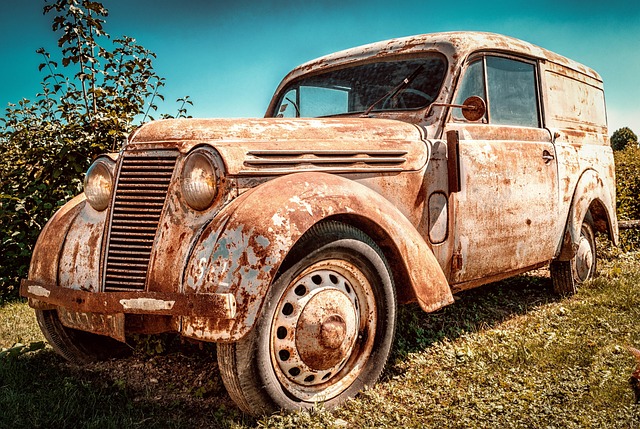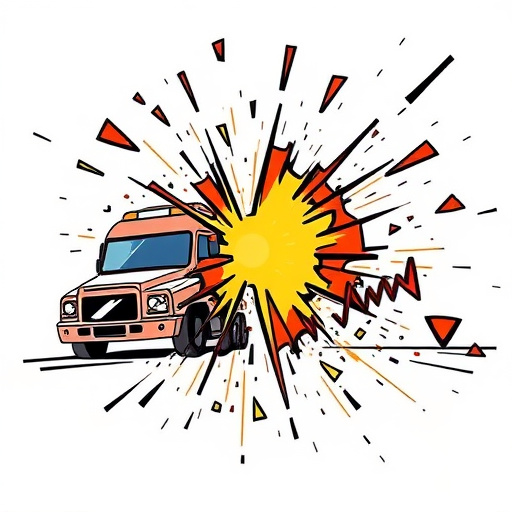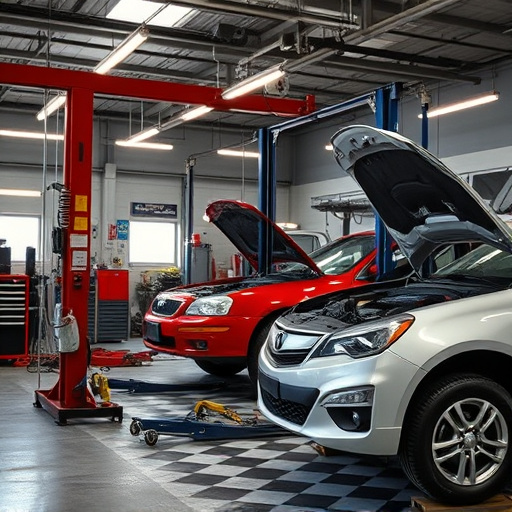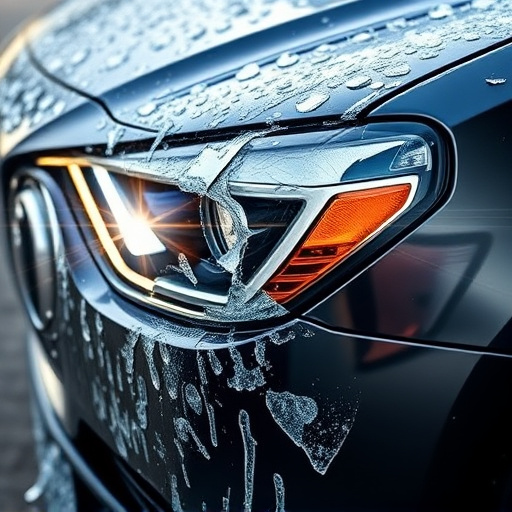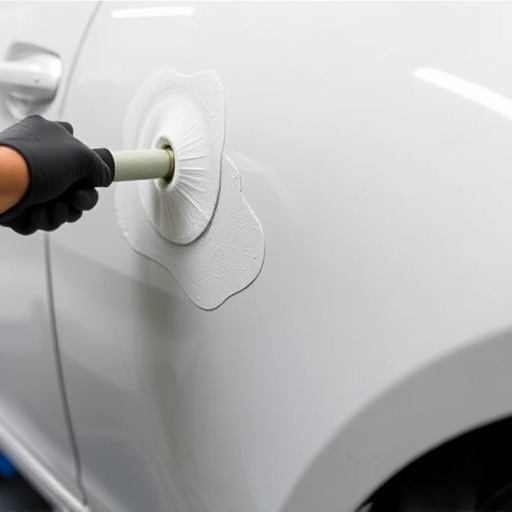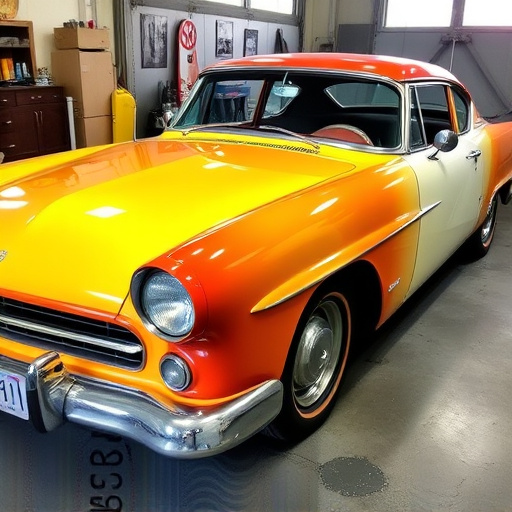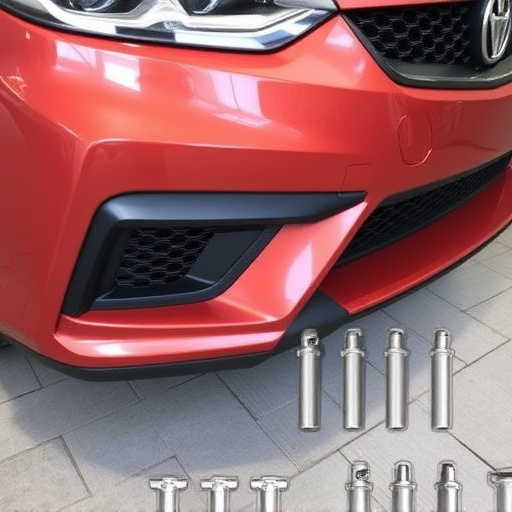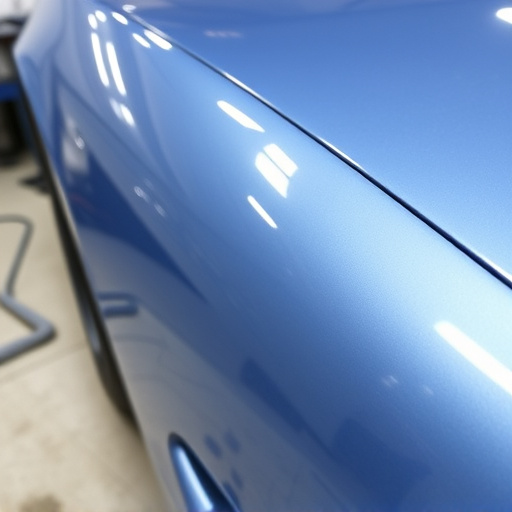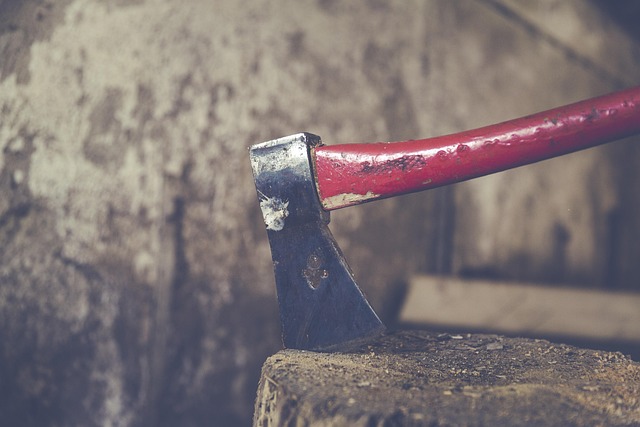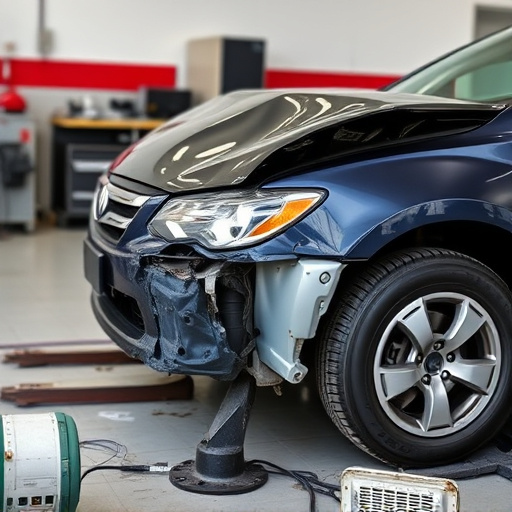Metal fabrication collision repairs emphasize initial damage assessment using advanced tools like 3D scanning for precise digital representations. Skilled technicians meticulously cut and shape metal with laser cutters and CAD software to match original specifications, crucial for luxury vehicle repair. Welding techniques, including TIG welding, reinforce damaged components while preserving vehicle quality, safety, and reliability.
In the realm of metal fabrication, collision repairs are a common yet intricate process. Understanding the meticulous steps involved is key to ensuring quality and durability. This article delves into the three critical stages of metal fabrication collision repairs: assessing damage, precision cutting and shaping, and welding and joining. By exploring these phases, readers gain insights into the skilled techniques employed to restore parts to their original specifications, demonstrating the expertise required in this specialized field.
- Assessing Damage: The Initial Step in Metal Fabrication Collision Repairs
- Precision Cutting and Shaping: Restoring Parts to Original Specifications
- Welding and Joining: Reattaching and Reinforcing Damaged Components
Assessing Damage: The Initial Step in Metal Fabrication Collision Repairs
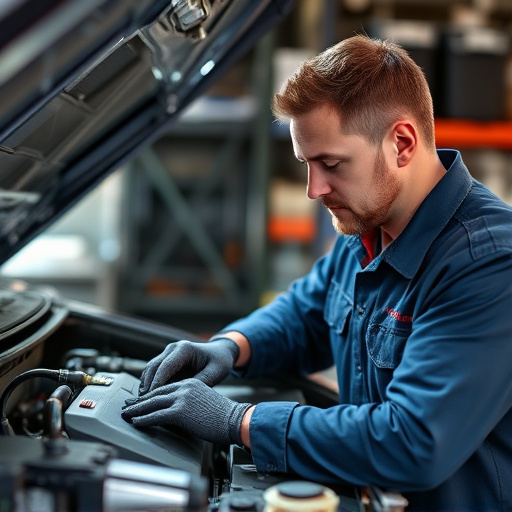
Assessing damage is a critical initial step in metal fabrication collision repairs. Skilled technicians meticulously inspect the affected area, identifying cracks, dents, and deformations with precision. This involves close examination under various angles to determine the full extent of the damage. Advanced diagnostic tools, such as 3D scanning technology, can capture detailed measurements and images, providing an accurate digital representation of the vehicle’s condition before repairs begin.
In a car body shop offering metal fabrication collision services, understanding the intricate details of the damage is paramount. Body shop services go beyond simple auto glass replacement; they encompass a comprehensive process that requires a deep knowledge of metal properties and structural integrity. By carefully assessing each impact point, technicians can devise an effective repair strategy, ensuring the vehicle not only looks like new but also maintains its structural soundness and safety standards.
Precision Cutting and Shaping: Restoring Parts to Original Specifications

Precision cutting and shaping are critical steps in metal fabrication collision repairs, ensuring that parts are restored to their original specifications. Skilled technicians utilize advanced tools such as laser cutters and computer-aided design (CAD) software to accurately measure and cut metal components, minimizing waste and maximizing material efficiency. This meticulous process involves carefully planning each cut, bend, or shape to match the exact dimensions and contours of the damaged part.
In an automotive body shop, especially for luxury vehicle repair, precision is paramount. Every curve, angle, and joint must be perfectly replicated to maintain the vehicle’s structural integrity and aesthetic appeal. Hail damage repair, for instance, often requires precise cutting to remove dented panels before meticulously reshaping them to restore their original form. This level of craftsmanship ensures that the repaired vehicle not only drives smoothly but also retains its pre-accident beauty.
Welding and Joining: Reattaching and Reinforcing Damaged Components
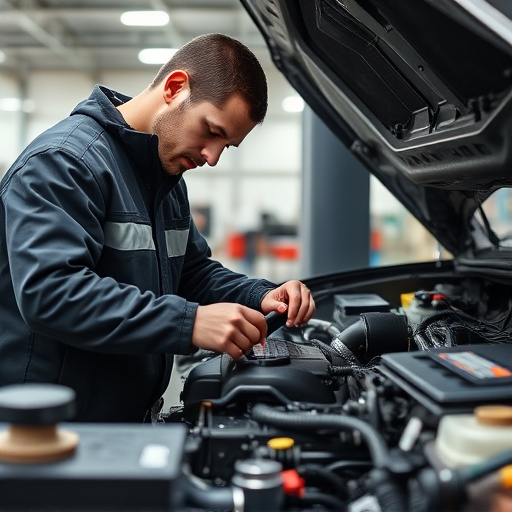
In metal fabrication collision repairs, welding and joining techniques play a pivotal role in reattaching and reinforcing damaged components. This process involves precise application of heat to melt and fuse metals together, creating a strong bond that restores structural integrity. Skilled technicians use various types of welders and filler materials to match the original metal properties, ensuring the repaired area is as robust as the surrounding components.
Effective welding isn’t just about joining pieces; it’s also about preserving the overall quality and performance of the vehicle. For instance, in automotive collision repair, skilled artisans employ advanced techniques like TIG (Titanium Gas) welding for its precision and ability to handle intricate designs. This meticulous approach guarantees minimal distortion, preserves original factory finishes, and ensures the safety and reliability of the vehicle during and after the repair process—an essential consideration when seeking top-tier auto repair near me or engaging in car dent removal services.
Metal fabrication collision repairs involve a meticulous process that demands expertise and precision. From assessing damage to welding and joining, each step is crucial in restoring components to their original specifications. By understanding these techniques, professionals can effectively navigate metal fabrication collision repairs, ensuring superior results and the longevity of various parts and structures.

